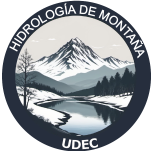RESEARCH
The Mountain Hydrology Group was created to improve our understanding of the hydrological phenomena occurring in the Andes Mountains, and their sensitivity to climate change. This, with the main purpose of improving the quantification of water resource availability and its variability, and extreme events (droughts and floods), which is necessary to design sustainable water management strategies and inform adaptation policies. Our methods include intensive hydrometeorological observations, hydrological modeling, remote sensing techniques, among others.
ONGOING PROJECTS
Impact of native forest, orientation and slope elevation on snow accumulation and melting in the headwaters basin of central Chile.
Abstract: Data from snow transects and snow pits under the canopy and in clearings, as well as different slope orientations, are used to validate the physically based Cold Regions Hydrological Model, CRHM (Pomeroy et al., 2022). Long-term (+30 years) atmospheric forcing is developed using a combination of local meteorology and ERA5-Land reanalysis.
PhD student: Anelim Bernal.
Funding: Fondecyt de Iniciación, N°11230787. VRID 2022000427-INI.
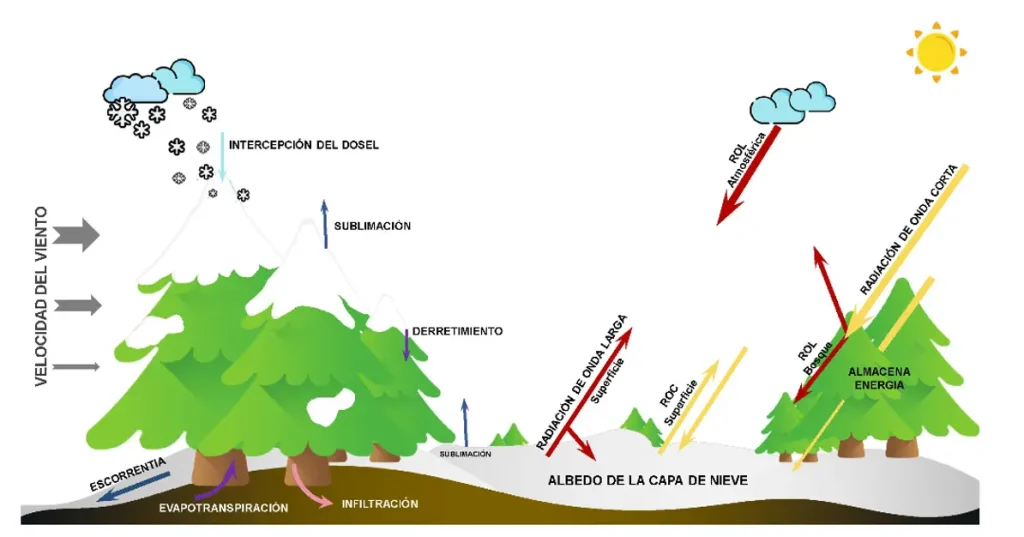
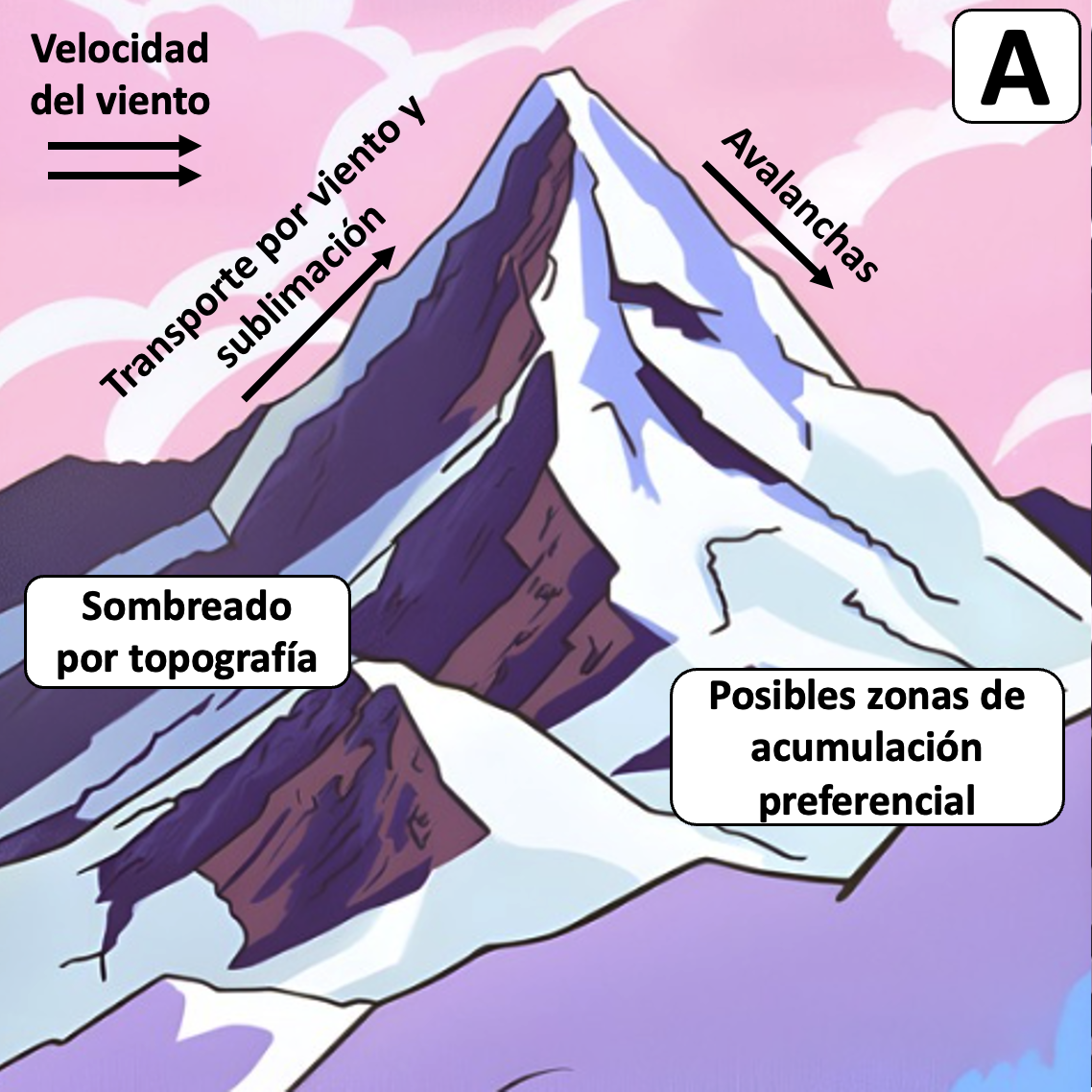
Impact of snow redistribution on runoff generation processes in mountain catchments of central Chile.
Abstract: High-resolution terrestrial lidar (TLS) data coupled with satellite imagery (Landast + Sentinel) are used to validate the Canadian Hydrological Model (CHM; Marsh et al., 2020). CHM has an irregular triangular grid, that allows to represent processes of snow redistribution by wind, avalanches and vegetation, and their relationship with runoff generation in a computationally efficient way.
PhD student: Miguel Moraga.
Funding: Fondecyt de Iniciación, N°11230787. VRID 2022000427-INI.
Improvements in physically based hydrological modelling with the incorporation of vegetational growth data in native forests.
Abstract: Dendrometer data and satellite imagery are used to characterise the growth and dormancy periods of native forest to reduce uncertainty in evapotranspiration estimates to improve catchment-scale hydrological estimates through hydrological modelling.
MSc student: Kamila Tobar, MSc.
Funding: Fondecyt de Iniciación, N°11230787. VRID 2022000427-INI.
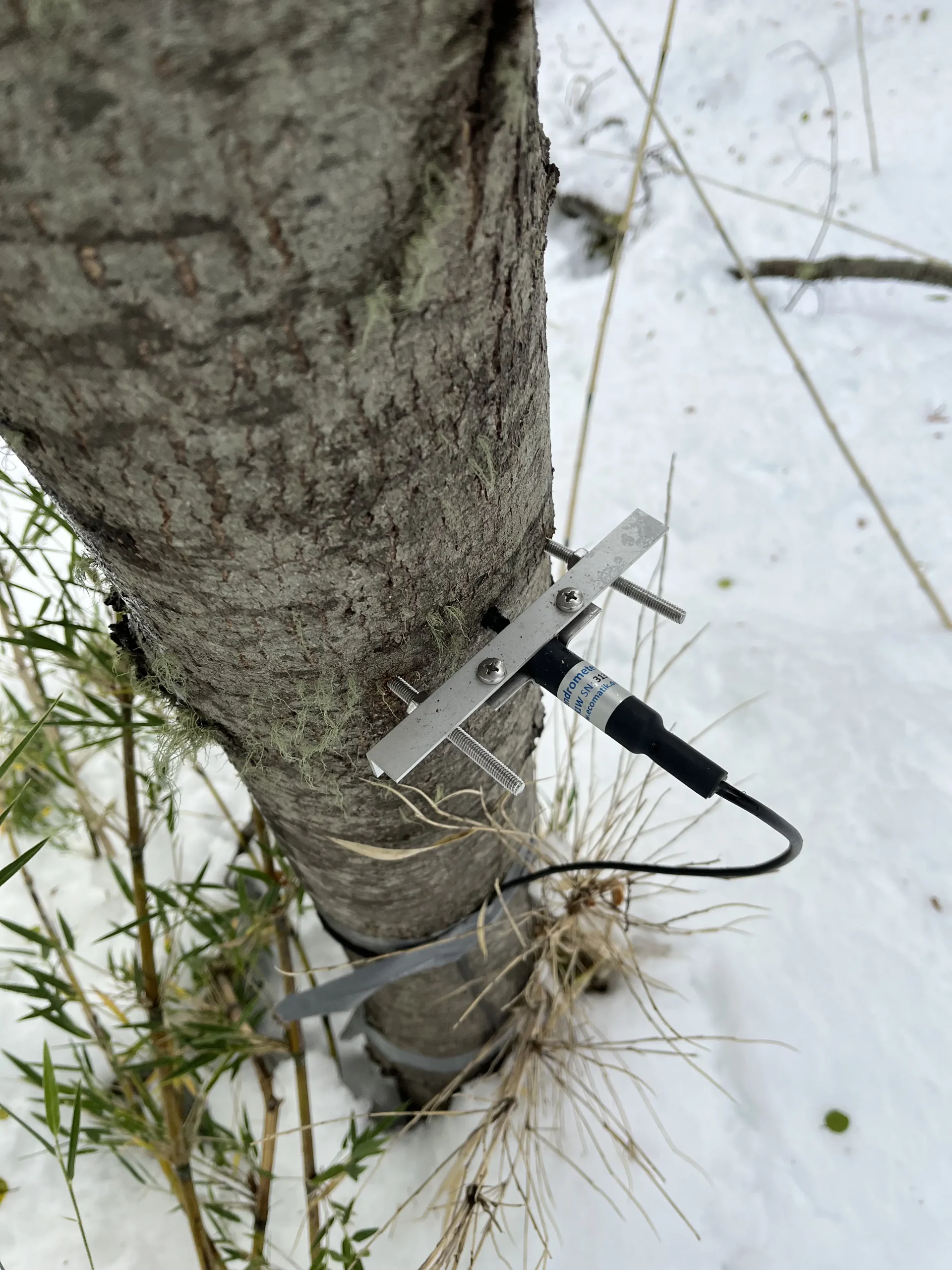
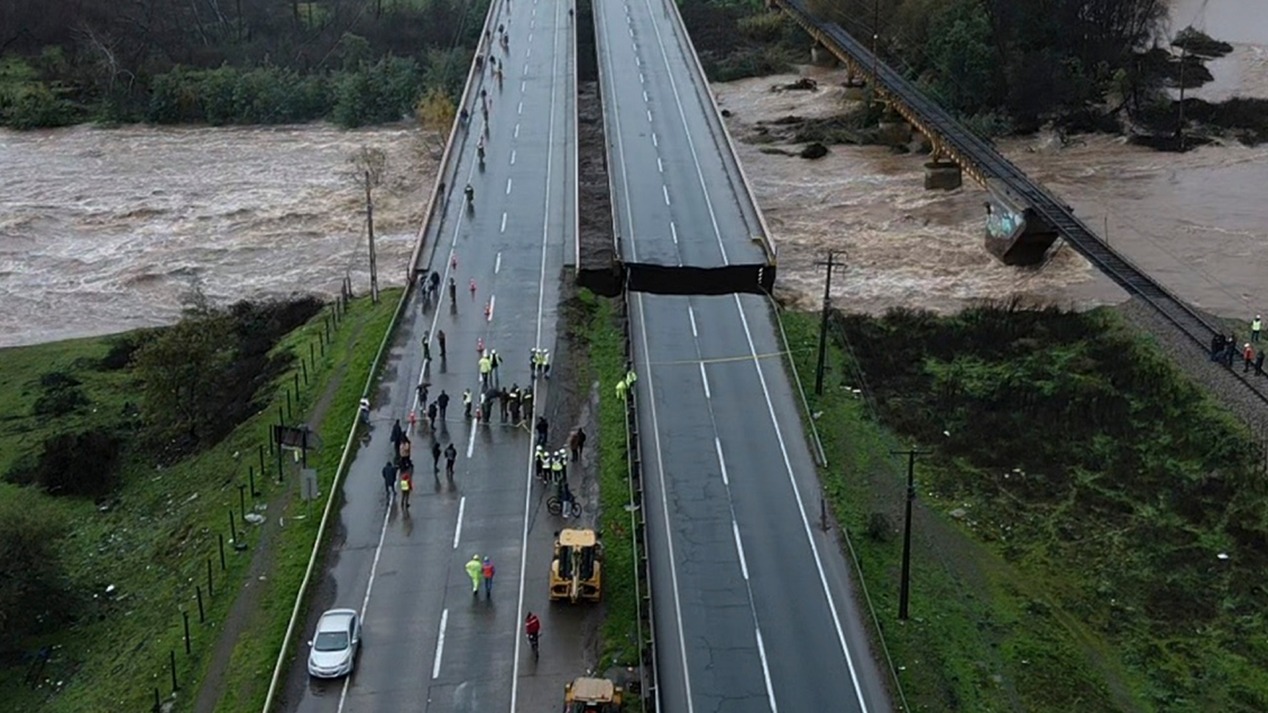
Analysis and modelling of the rain-on-snow flood event of June 2023
Using physically based hydrological modelling tools (CRHM model) and hydrometeorological data, the aim is to quantify the contribution of snowmelt (rain-on-snow product) to the June 2023 flood event, and to understand the hydrological processes that dominated the event.bre nieve) para el evento de crecida de junio del 2023, además de comprender los procesos hidrológicos que dominaron durante el evento.
Previous Research projects
“The effect of forest thinning on snow accumulation and melt”. Folio proyecto: 74200086. Universidad patrocinante: University of Nevada, Reno.
Postdoctoral project funded by “Beca de Postdoctorado en el Extranjero – Becas Chile, convocatoria 2019”.
Associated publications: Krogh et al., 2020; Harpol det al., 2020; Lewis et al., 2023
“Past and future hydrology near the Arctic treeline”. Folio proyecto: 72150147. Universidad patrocinante: University of Saskatchewan.
Doctoral project funded by “Beca de Doctorado en el Extranjero – Becas Chile, convocatoria 2014”
Associated publications: Krogh et al., 2017; Krogh and Pomeroy 2018; Krogh and Pomeroy 2019; Krogh and Pomeroy 2021.
